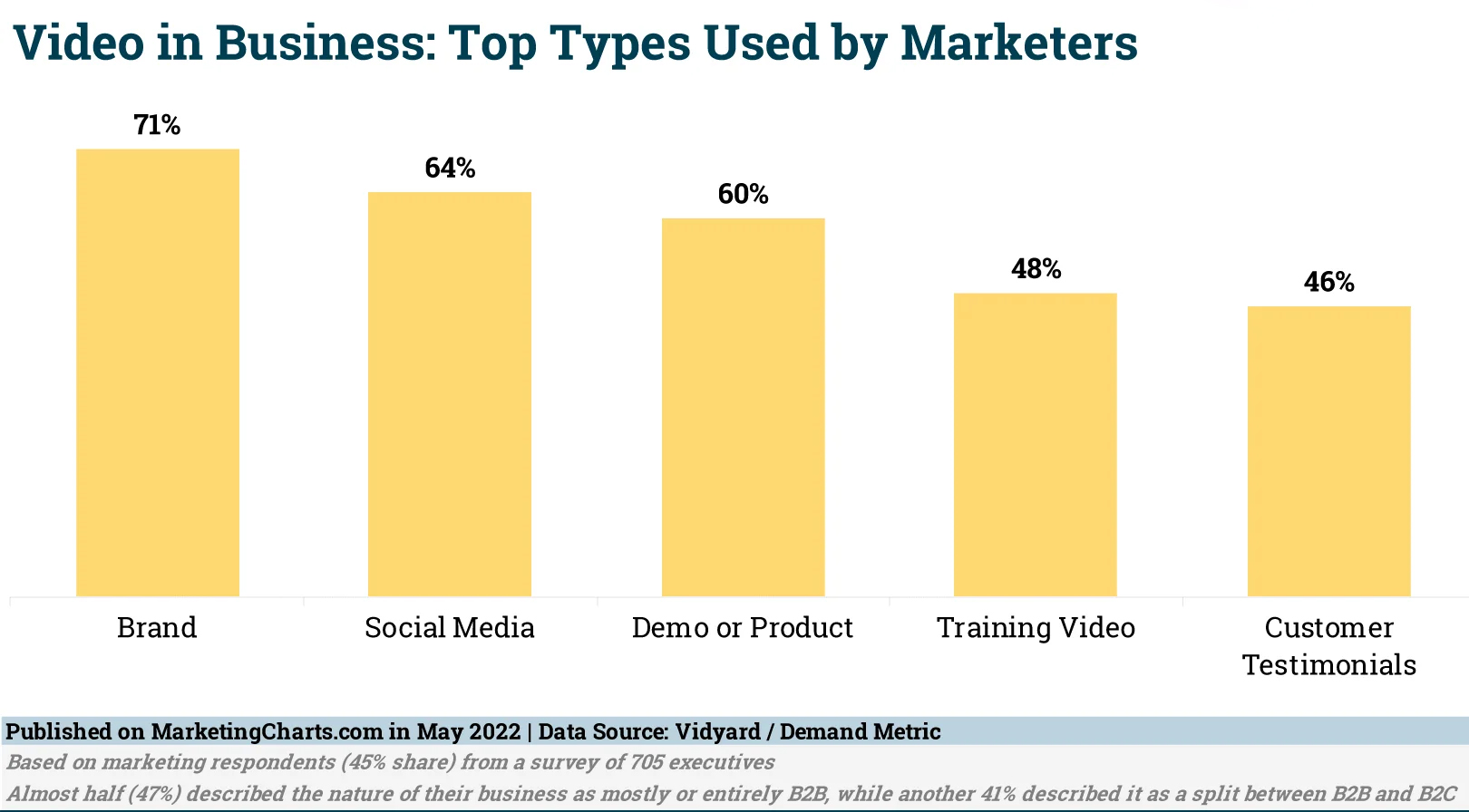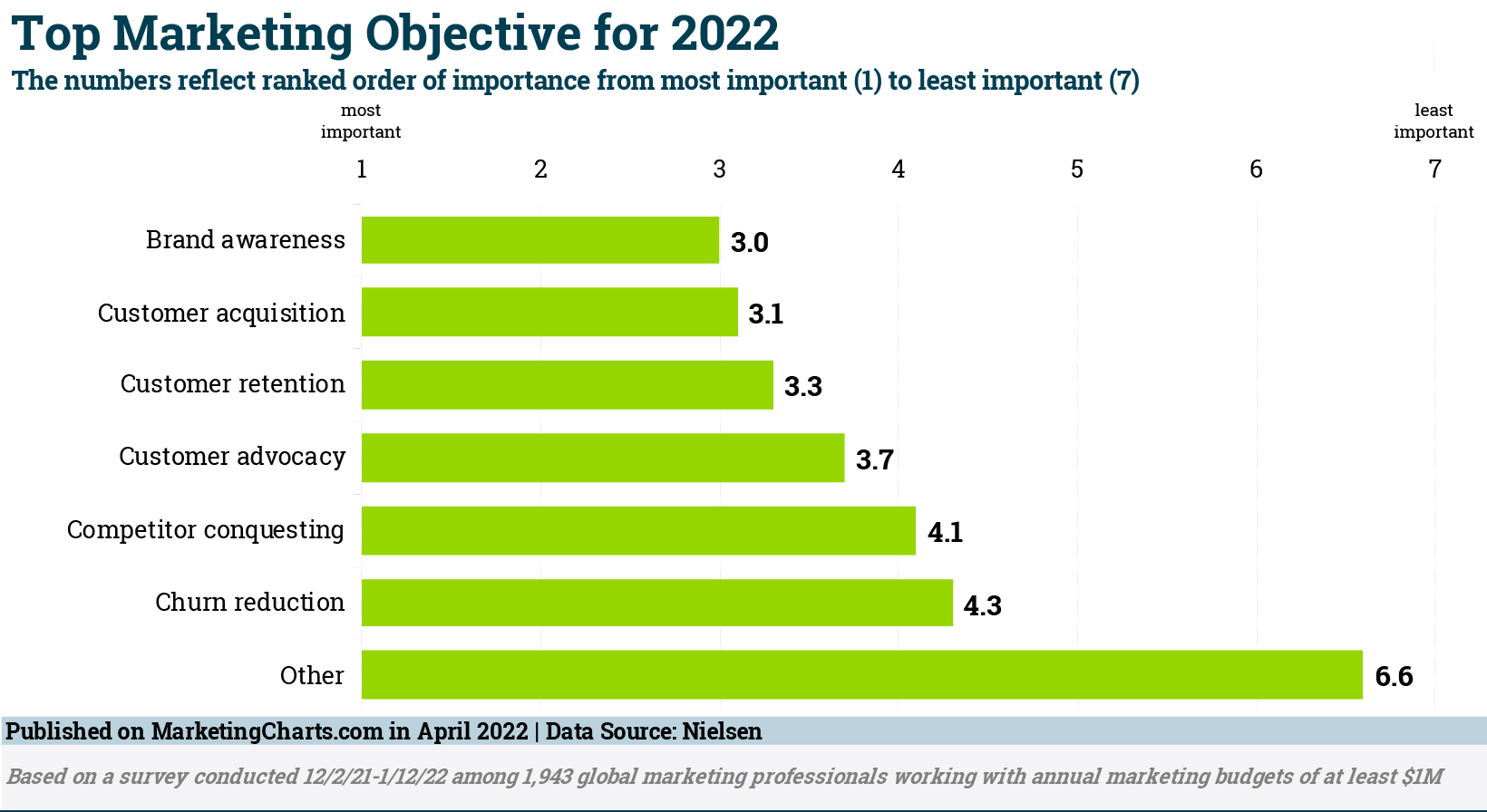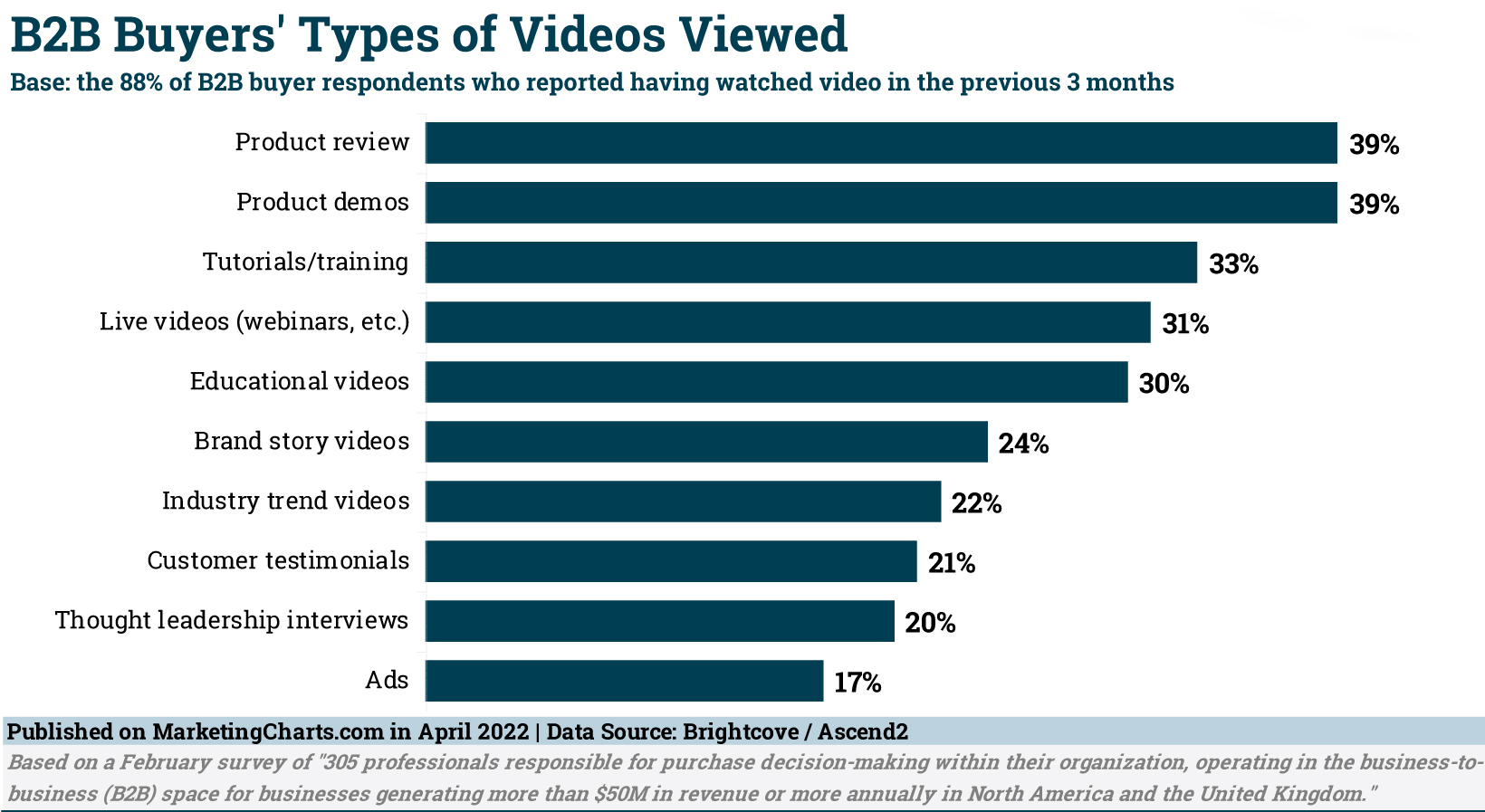
by Lori Berson | Feb 13, 2024 | AI, artificial intelligence, Marketing, Marketing Strategy
In the rapidly evolving world of marketing, artificial intelligence (AI) has emerged as a powerful tool, offering unprecedented capabilities to businesses aiming to enhance their content creation and overall marketing strategies. However, it’s crucial to acknowledge that AI, despite its advanced capabilities, is not a cure-all or magic bullet. It’s a tool that needs a well-thought-out marketing strategy to create transformative content.
AI offers the potential to generate content at scale, analyze data, automate tasks, and personalize marketing efforts in ways previously unimaginable, but AI-generated content requires human direction, input, expertise, and editing. In and of itself, AI content is not always correct, often over-written and not written in context. To be successful with AI, you need someone driving the process.
At BersonDeanStevens (BDS), we understand the delicate balance between leveraging cutting-edge AI technologies and maintaining the human touch that is fundamental to creating marketing content that resonates with your audience. With over 25 years of experience in developing results-driven content, campaigns, and programs, BDS brings a wealth of knowledge and expertise to incorporate AI to boost results.
Whether you are looking for an ally to handle strategic content creation, help train your team on the proper use of AI, or need consulting from time to time, BDS is your go-to resource.
For help with AI and how to successfully integrate it into your business, schedule a call or email Lori Berson at lberson@BersonDeanStevens.com.
BersonDeanStevens has been a recognized brand strategy and marketing leader for over 25 years. We work in partnership with you to differentiate your brand and achieve your business goals. Client list.

by Lori Berson | Jan 11, 2024 | AI, artificial intelligence, Marketing, Marketing Strategy
Staying ahead of the marketing curve is not just an advantage, but a necessity – especially with Artificial Intelligence (AI). Below are just a few examples (and tools) of how AI can elevate every aspect of a marketing campaign, from targeted planning to insightful post-campaign analysis.
The integration of AI in marketing goes beyond automation. It’s a fundamental shift in how we conceptualize and execute marketing strategies. AI offers unparalleled efficiency, personalization, and scalability in campaigns, setting a new benchmark in marketing excellence.
Tailoring Campaigns with Precision: The Pre-Campaign Stage
AI-Driven Audience Targeting
AI’s capability to analyze and interpret complex data sets enables marketers to identify and target the most receptive audiences. This allows for highly targeted marketing campaigns that speak directly to the needs and interests of your audience.
Content Creation
Imagine a creative assistant that helps generate ideas, themes, and content. AI aids in creating diverse and appealing marketing materials, ensuring your message is both engaging and relevant.
Campaign Planning
AI tools can assist in campaign planning by predicting market trends and customer behavior, allowing marketers to stay ahead of the curve.
Engaging Customers: The Active Campaign Stage
Enhancing Customer Interaction
AI can personalize customer interactions by analyzing past behavior and preferences. This results in more engaging and relevant communications.
Real-time Campaign Optimization
AI’s ability to process data in real-time allows marketers to make on-the-fly adjustments to campaigns, ensuring maximum impact and efficiency.
Predictive Analysis for Better Results
AI’s predictive capabilities enable marketers to anticipate customer needs and respond proactively, creating a more dynamic and responsive marketing strategy.
Measuring Success and Learning: Post-Campaign
Insightful Analytics and Reporting
AI’s ability to process and analyze post-campaign data is invaluable. It provides detailed insights into what worked and what didn’t, paving the way for informed decision-making in future campaigns.
Content Lifecycle Management
AI isn’t just about creating content; it’s also about managing it effectively. From identifying the best-performing content to suggesting repurposing strategies, AI ensures your content continues to deliver value over time.
AI Tools
- Demandbase and 6Sense – Leverage AI and intent data to help identify high-value accounts and audiences to target to help with account-based marketing planning.
- Drift – An AI chatbot that can have conversational interactions with website visitors to engage prospects. Chatbot data helps inform campaign messaging and offers.
- Madkudu – Uses AI and machine learning to analyze customer data and make personalized recommendations for marketing campaigns – helping with segmentation and targeting.
- Adobe Sensei – AI inside Adobe marketing products like Adobe Campaign can assist with campaign planning and optimization by predicting performance and identifying high-value customers.
- Salesforce Einstein – AI that’s built into Salesforce to optimize the sending of email campaigns, provide predictive lead scoring, and automated personalization.
- ChatGPT, Claude, Bard, and Microsoft Copilot are general AI platforms that help you brainstorm ideas, and create outlines, articles, blog posts, social media, e-books, emails, ad copy, and more!
- Persado – Uses AI to generate emotionally intelligent marketing copy and subject lines that drive engagement for email campaigns and other messages.
- Midjourney, DALL-E, Canva, Kittl, and Adobe Firefly can rapidly create unique images to tell your story.
- Sprout Social and HootSuite – Use AI for image and text analysis to help make content recommendations and schedule social media campaigns.
The key is finding AI marketing tools that align with your goals, data sources, technical capabilities, and budget.
AI – Your Strategic Partner for Growth
AI is more than just a technological upgrade for your marketing; it’s a transformative power. It enables a level of precision, personalization, and efficiency previously unattainable. Whether it’s through smarter targeting, creative content generation, real-time personalization, or insightful post-campaign analysis, AI is an indispensable asset for modern marketers.
To achieve your marketing objectives more effectively and efficiently, we recommend you use AI not only in your marketing strategy but throughout your campaigns – in addition to using it for sales, project management, presentations, etc.
Stay tuned for more insights and tips on leveraging AI for unparalleled marketing success.
For help with your marketing and how to incorporate AI, schedule a call or email Lori Berson at lberson@BersonDeanStevens.com.
BersonDeanStevens has been a recognized brand strategy and marketing leader for over 25 years. We work in partnership with you to differentiate your brand and achieve your business goals. Client list.

by Lori Berson | Jan 9, 2024 | Marketing, Marketing Strategy, Social Media
In today’s digital marketing landscape, leveraging social media for customer service has become essential. This approach, however, extends beyond simply reacting to customer complaints. It’s about integrating into the wider framework of engaging with your community across all social platforms where your presence is felt.
The key to effective response lies in the art of listening. Social listening involves delving into online dialogues about your brand, competitors, and relevant topics to gain deeper insights into your audience’s perceptions. Consider this: what’s the buzz around your latest product, your customer service efficiency, or even your brand’s new visual identity? To learn about what’s being said about your brand, below are several social listening tools for both small businesses and large corporations.
Social Listening Tools to Gain Audience Insights
It’s important to recognize that not all online mentions require direct engagement from your brand’s official channels. The primary goal of social listening isn’t always to respond but to understand and learn from these conversations.
For example, the launch of a new product or service by your company. Through social listening, you might notice a pattern of user experiences pointing to a common issue. By monitoring discussions around your product or service and brand on various social channels, you can gather valuable insights into user challenges and address them effectively. This proactive approach not only resolves issues but also demonstrates your brand’s commitment to listening and improving based on customer feedback.
For help with your social media marketing, schedule a call or email Lori Berson at lberson@BersonDeanStevens.com.
BersonDeanStevens has been a recognized brand strategy and marketing leader for over 25 years. We work in partnership with you to differentiate your brand and achieve your business goals. Client list.
![Most Widely Used Video Types Used by Marketers [Study]](https://bersondeanstevens.com/wp-content/uploads/2022/05/harrison-kugler-qNzLI82MAso-unsplash-1080x675.jpg)
by Lori Berson | May 25, 2022 | Marketing, Marketing Strategy, Video, Video Marketing
According to Vidyard and Demand Metric report, more than 8 in 10 marketing, sales, and customer experience executives say that video is becoming more important as a form of content in their organization

Overall Video Creation Increased 178% in 2021 Compared to 2020
Key Takeaways
1. Brand and Social Media Videos Are Widely Used by Marketers
The most common type of videos are brand videos (53%), followed by demo or product videos (51%), social media videos (48%), training videos (45%), and how-to videos (42%). The popularity of social media videos speaks to social’s presence as a leading distribution platform: 63% of respondents distribute videos on social media sites, equal with websites as the top area for posting videos.
80% of All Videos Created in 2021 Were User-Generated, Versus 60% in 2020
The top video types differ by role. For example, a large share of sales teams will invest in user-generated videos, while customer experience teams show a strong inclination to invest in how-to videos.
The Average Video Created in 2021 Was 9 Minutes and 58 Seconds Long
Among marketing respondents, the video types used by a majority are brand (71%), social media (64%), and demo or product (60%) videos, while close to half use training videos (48%) and customer testimonials (46%). Although how-to videos did not feature among the top 5 for marketers in this study, previous research indicates that they are often used by B2B content marketers, who find video to be among their most effective top-of-the-funnel demand generation tactics.
2. Half of The Marketers Say Video ROI is Improving
7 in 10 respondents across job roles said that video performs better than other content types they use or have used in producing their desired results, a figure 10 times higher than the share (7%) who say that video performs worse.
Additionally, two-thirds of respondents report that video’s ROI is either getting better (45%) or staying the same (21%), though 3 in 10 don’t know. Marketers are the most optimistic about video ROI, with about half (49%) saying that it is improving, and another fifth (21%) reporting steady results.
Prior research suggests that videos have performed better than other content types such as long articles, livestreaming content, and podcasts, though fewer content marketers in that study found video to be as effective for them as virtual events and research reports, among others.
3. Video Viewing Data Deemed Important for Lead Scoring and Nurturing
Three-quarters of sales respondents believe that it would be important for the sales team to access video viewing data to qualify leads, engage prospects, or influence specific deals. Marketers largely agree, with two-thirds recognizing the importance of such data to lead nurturing efforts.
Currently, roughly 1 in 5 (21%) respondents say that their sales team uses video viewing data to a great extent to qualify leads, engage prospects, or influence specific deals, while about one-third say the sales team does so to a moderate extent (34%) and one-quarter (26%) to a slight extent.
Integration of this data would help, yet remains in its infancy: only slightly more than 1 in 3 respondents (36%) say that they have integrated video viewing data into their marketing automation platform (MAP) and/or customer relationship management (CRM) system, although another half (49%) claim that they are planning to integrate this data.
4. Video Production Proves Difficult
While various teams within the organization are requesting and creating video content, marketing has the biggest role to play, and is the only team that a majority identified as both requesting (63%) and creating (65%) this form of content.
Although most medium- and large-sized companies use external resources to some degree to aid in their video creation efforts, only a minority of smaller companies do so.
This could prove problematic, as video production is a challenging affair. When asked which barriers or roadblocks respondents are facing in successfully leveraging video to help achieve business goals, the top 4 (equally cited) all involved production to some extent:
- Producing professional quality video that represents the brand well.
- Having a strategy to drive video production.
- Allocating staff time and resources for video production.
- Producing videos that engage.
No wonder content marketers identified video as the number one type of content they would create if more resources were available to them.
Nonetheless, a majority of respondents are very satisfied (7%) or satisfied (49%) with the results they’re getting from their video efforts, with satisfaction rates much higher (67%) among those who use advanced metrics.
With this in mind, it’s perhaps not surprising that video was mentioned as the top area of investment for B2B content marketers this year.
About the Data: The results are based on a survey of 705 executives across marketing (45% share), sales (25%), customer experience (12%), and other (18%) job roles. Almost half (47%) described the nature of their business as mostly or entirely B2B, while another 41% described it as a split between B2B and B2C.
Need assistance with your video marketing? Schedule a call or email Lori Berson at lberson@BersonDeanStevens.com.
BersonDeanStevens has been a recognized brand strategy and marketing leader for over 25 years, including over a decade in marketing and sales automation. We work in partnership with you to differentiate your brand and achieve your business goals. Client list.
![2022 Top Marketing Objectives [Report]](https://bersondeanstevens.com/wp-content/uploads/2022/05/Marketing-Objectives.jpg)
by Lori Berson | May 23, 2022 | Marketing, Marketing Strategy
According to the Nielsen 5th Global Annual Marketing Report, brand awareness is the top objective for marketers around the world this year, edging out customer acquisition, which in turn is more important than customer retention.

Nielsen asked approximately 2,000 marketers around the world to rank the order of importance of a variety of marketing objectives for their business from most important (1) to least important (7). Respondents gave brand awareness an average ranking of 3, giving it top billing among the objectives listed.
Next was customer acquisition (3.1), which was deemed a more critical objective this year than customer retention (3.3). This shows a shift from the height of the pandemic when brands tended to focus on retention over acquisition. This latest order of importance is reflected in marketing budgets in the US: the most recent CMO Survey indicates that on average customer acquisition budgets are about 15% higher than retention budgets. What’s more, Nielsen data indicates that “marketing accounts for 10%-35% of a brand’s equity.”
Top Goal: Brand Awareness
Given that brand awareness emerged as marketers’ top goal, it’s also their most important marketing metric. About two-thirds rated it as extremely (30%) or very (36%) important, putting it ahead of engagement (63% extremely or very important), marketing mix modeling (61%), full-funnel media ROI (61%), and viewability (61%).
Even though it’s their most important metric, brand awareness isn’t the one that marketers feel most confident in measuring. 64% rate themselves extremely (29%) or very (35%) confident in their organization’s ability to accurately measure sales. 61% are at least very confident in their ability to measure brand awareness, with similar numbers for engagement (60%) and viewability (59%). The metrics that the fewest are very confident in are full-funnel media ROI (54%) and unduplicated reach and frequency (53%).
About the Data: The results are based on an online survey conducted from December 2, 2021 to January 12, 2022 among 1,943 global marketing professionals at or above the manager level, working with annual marketing budgets of at least $1 million. Respondents were from the auto, financial services, FMCG, technology, health care, pharmaceuticals, travel, tourism, and retail industries.
Need assistance with your marketing initiatives? Schedule a call or email Lori Berson at lberson@BersonDeanStevens.com.
BersonDeanStevens has been a recognized brand strategy and marketing leader for over 25 years, including over a decade in marketing and sales automation. We work in partnership with you to differentiate your brand and achieve your business goals. Client list.
![Types of Videos B2B Buyers Prefer [Study]](https://bersondeanstevens.com/wp-content/uploads/2022/05/VideoShoot-1080x675.jpg)
by Lori Berson | May 16, 2022 | Content Marketing, Marketing Strategy, Video, Video Marketing
According to the results of a Brightcove study conducted by Ascend2, video has a strong influence on the B2B buyer’s purchase journey. Virtually all (95%) of the buyers surveyed for the report said that video has an important role in deciding to move forward with a purchase.

Video’s use in making purchase decisions manifests in various ways, according to the study, though buyers are most likely to find it helpful when learning about a product/service (58%).
Beyond learning about products and services, video also proves helpful to buyers in understanding a problem they have (36%) and learning how to solve a problem they have (40%). Buyers separately said that videos were more helpful than any other content type for creating awareness of business-related problems. Moreover, when comparing solutions to such problems, about 6 in 10 respondents said that video is the most impactful content type.
Video Types Preferred
Almost 9 in 10 B2B buyers have watched a video in the last 3 months for the purpose of learning about a product or service, and almost half (46%) have watched a video at least 5 times in pursuit of product and service research.
Two types stand out as the most widely watched: product reviews and product demos, each by 39% of this group of respondents.
Other popular types of videos watched include tutorials/training (33%), live videos such as webinars (31%), educational videos (30%), and brand story videos (24%).
Almost 3 in 4 (73%) report a preference for video over written communication when being introduced to a sales/customer service representative. And watching a video certainly seems to open buyers up to such communication: virtually all of the buyers surveyed said they were extremely or somewhat likely to be more receptive to sales communication from a specific organization after consuming its video content.
Additional Insights:
- 93% of buyers report that video is important in building trust in a brand.
- Almost all (97%) buyers find video content and communication to be useful post-purchase.
- Video is most helpful in the post-purchase stage for learning about other products/services offered and for training/onboarding.
- About 8 in 10 (81%) prefer video over written content when learning how to use a product or service.
About the Data: The results are based on a February survey of 305 professionals responsible for purchase decision-making within their organization, operating in the business-to-business (B2B) space for businesses generating more than $50M in revenue or more annually in North America and the United Kingdom.
Need assistance with your video marketing? Schedule a call or email Lori Berson at lberson@BersonDeanStevens.com.
BersonDeanStevens has been a recognized brand strategy and marketing leader for over 25 years, including over a decade in marketing and sales automation. We work in partnership with you to differentiate your brand and achieve your business goals. Client list.



![Most Widely Used Video Types Used by Marketers [Study]](https://bersondeanstevens.com/wp-content/uploads/2022/05/harrison-kugler-qNzLI82MAso-unsplash-1080x675.jpg)

![2022 Top Marketing Objectives [Report]](https://bersondeanstevens.com/wp-content/uploads/2022/05/Marketing-Objectives.jpg)

![Types of Videos B2B Buyers Prefer [Study]](https://bersondeanstevens.com/wp-content/uploads/2022/05/VideoShoot-1080x675.jpg)
